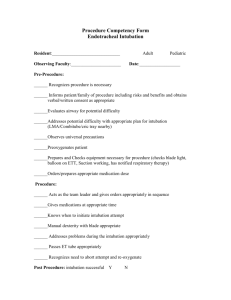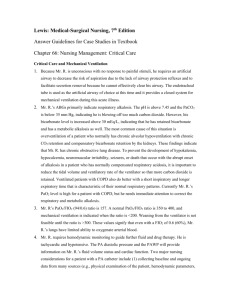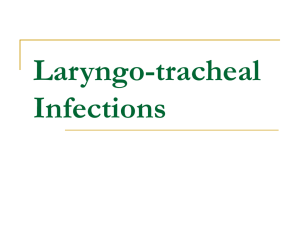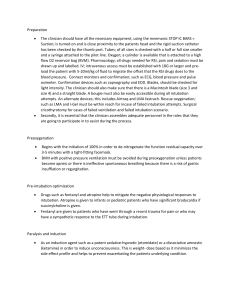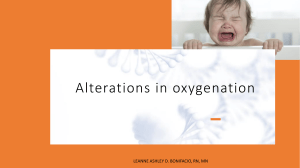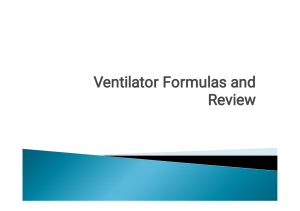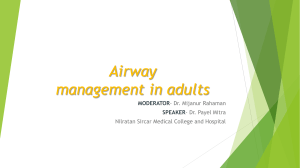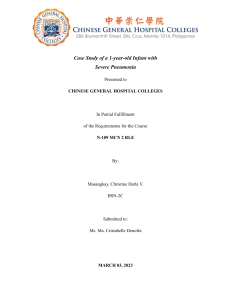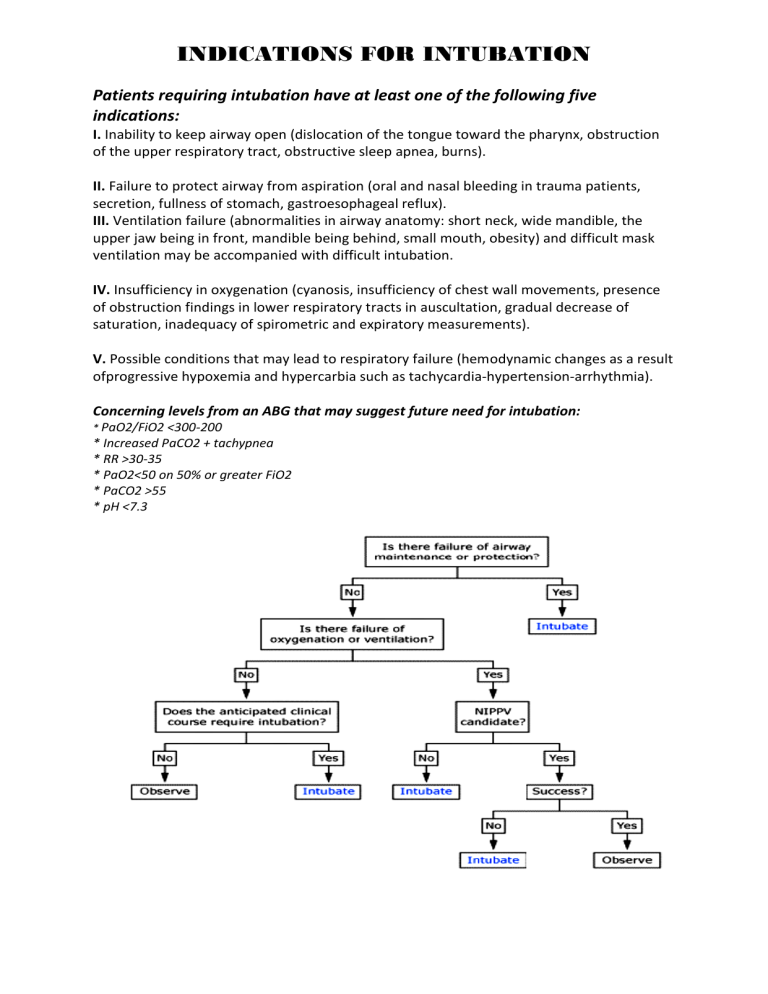
INDICATIONS FOR INTUBATION Patients requiring intubation have at least one of the following five indications: I. Inability to keep airway open (dislocation of the tongue toward the pharynx, obstruction of the upper respiratory tract, obstructive sleep apnea, burns). II. Failure to protect airway from aspiration (oral and nasal bleeding in trauma patients, secretion, fullness of stomach, gastroesophageal reflux). III. Ventilation failure (abnormalities in airway anatomy: short neck, wide mandible, the upper jaw being in front, mandible being behind, small mouth, obesity) and difficult mask ventilation may be accompanied with difficult intubation. IV. Insufficiency in oxygenation (cyanosis, insufficiency of chest wall movements, presence of obstruction findings in lower respiratory tracts in auscultation, gradual decrease of saturation, inadequacy of spirometric and expiratory measurements). V. Possible conditions that may lead to respiratory failure (hemodynamic changes as a result ofprogressive hypoxemia and hypercarbia such as tachycardia-hypertension-arrhythmia). Concerning levels from an ABG that may suggest future need for intubation: * PaO2/FiO2 <300-200 * Increased PaCO2 + tachypnea * RR >30-35 * PaO2<50 on 50% or greater FiO2 * PaCO2 >55 * pH <7.3
